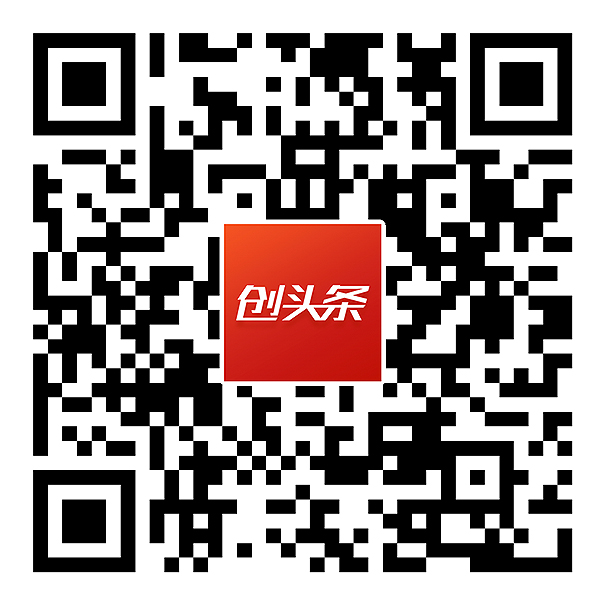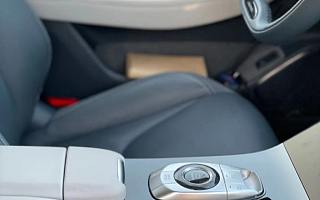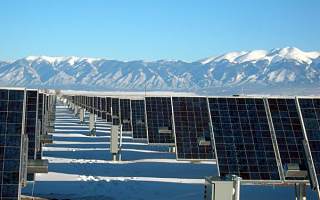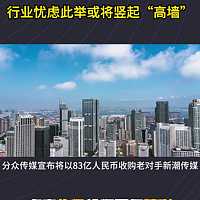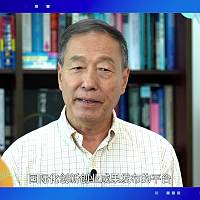Huawei's Ambitions in Smart Cars
Credit: China Visual Group
By Liang Chunfu, author of Leida Caijing
BEIJING,April 23 (TMTPOST)-Earlier this week, Huawei automobile concept stocks went up again with multiple stocks soaring to limit-up for two consecutive trading days. As of Tuesday’s closing, automobile concept stocks, including IAT Automobile, BAIC Bluepark, Roadrover Technology, Chongqing Sokon Industry Group Stock, and UniStrong, all hit trading limit-up.
On April 17, ArcFox, a brand of BAIC’s New Energy, and Huawei jointly released the first Huawei-Inside-powered intelligent self-driving electric car – BAIC Alpha S (Huawei HI-enabled). “Made by Huawei” has gone viral on the Internet since then.
In response to rumors of Huawei’s forays into the car-making business, Huawei’s rotating chairman Xu Zhijun revealed that that Huawei does “make cars” directly, but it will cooperate with three traditional Chinese automobile enterprises – BAIC Group, CHANGAN Automobile and Guangzhou Automobile Group – on “Huawei Inside” to create three sub-brands, including ArcFox.
Xu also said that Huawei positions itself as a supplier of automobile add-ons, and its strategy is to help OEMs make “better cars”. “We are committed to self-driving software with a goal to create truly driverless automobiles. Upon reaching the goal, almost all industries related to automobiles will be disrupted. This will be the most disruptive revolution possible in a decade,” he added.
Starting from 2012, technology companies have been preparing themselves for the competition on intelligent car market. Xiaomi, Baidu and Didi have all announced that they would enter the market.
At the same time, traditional automobile enterprises are establishing new energy vehicle sub-brands, gradually expanding their production capacity. However, unlike these technology companies and new automakers, Huawei is not manufacturing cars. So, what is Huawei aiming for?
Huawei Claims to be As Good As Tesla
The new car model ARCFOX Alpha S is also the first high-end intelligent car jointly launched by Huawei and BAIC. As the brand ARCFOX was established in 2016, it has to build its brand in the years to come.
Specifically, Alpha S is a medium/large electric sedan and some of its variant models are Huawei HI-enabled. It uses ternary lithium-ion battery pack with a battery capacity of 93.6kWh and Huawei’s fast charging technology so that a 10-minute charge provides it with enough power to run 197km. They have three offers in terms of NEDC (New European Driving Cycle), namely alternatives with 525 km, 603 km and 708 km driving range. Among mass-produced new energy cars available on the global market, Alpha S models, with maximum 708 km driving range, currently leads its peers.
In terms of pricing, Alpha S has launched six models with a starting price of RMB 251,900. The regular Huawei HI-enabled model and its high-end variant which is also HI-enabled are priced at RMB 388,900 and RMB 429,900 respectively, with the latter surpassing the RMB 400,000 mark.
Despite its relatively weak brand image, Alpha S has two state-of-the-art technologies – Huawei autonomous driving and smart cockpit, which make this new series high-end intelligent automobiles.
The HI-enabled Alpha S is equipped with Huawei Auonomous Driving Solution (ADS) and is also the first intelligent electric vehicle equipped with Huawei LIDAR solution. It also showcases Huawei’s latest achievement in autonomous driving technology.
Sensors are the key components in autonomous driving. At present, the mainstream autonomous driving sensors consist of mainly millimeter-wave radars, vehicle cameras and ultrasonic radars. According to the accessories listed on its official website, HI-enabled Alpha S takes on very solid autopilot hardware, including 3 LIDARs, 6 millimeter-wave radars, 12 ultrasonic radars, 9 ADS cameras, and 4 surround-view cameras, etc., which is similar to SAE Level 4 hardware.
Given the road test video released by Huawei and ArcFox last week, HI-enabled Alpha S has been tested in Shanghai in short-distance real road conditions in various scenarios such as switching lanes, turning, pulling over, parking and waiting for the pedestrians to pass, etc. The model managed to accurately detect the surroundings and make appropriate decisions under certain complex circumstances smoothly. Theoretically speaking, its performance is similar to that of a SAE Level 4 car in terms of autonomous driving experience.
At present, the self-driving technology adopted by most intelligent vehicles still remains at SAE Level 2, i.e., partial driving automation, in which the driver still needs to monitor the driving.
“Huawei autonomous driving enables self-driving vehicles to run for 1,000 kilometers in urban areas without the driver’s intervention,” said Xu, adding that it is "nothing less than Tesla”.
On the 2020 World Artificial Intelligence Conference in Shanghai, Musk said that they would achieve SAE Level 5 autonomous driving by the end of the year. SAE Level 5 means full driving automation in its truest sense where human drivers become passengers and there is no need to build steering wheels, accelerators or other driving components for a car as it will drive itself solely relying on its sensors and intelligent computation.
As of Tuesday, Musk did not fulfill his “SAE Level 5 promise”.
At the beginning of this year, in an email disclosed to the U.S. media, Tesla admitted that current FSD has not realized actual full autonomation. Like autopilot, FSD is a SAE-Level-2 automation driving system, and the current beta software is not competent enough to allow the vehicle to drive without human monitoring either. Moreover, they also admitted that they have no intent to make major improvement to FSD within this year.
Tesla refers to FSD as “full self-driving” to boast Tesla’s technological strength and this also contributes to Tesla’s expanding market values. However, in recent years, Tesla has often been troubled by reported car accidents, and in many cases, Tesla has shifted the blame onto the drivers, which led to some drivers “fighting back”: on April 19, a woman wearing a “brake failure” T-shirt jumped on a Tesla at Tesla’s exhibition booth on the 2021 Shanghai Auto show as an act of protest. She was later dragged off the car by security officials.
Insiders believe that with sales as high as 500,000 units last year alone, Tesla undoubtedly has the access to the most authentic data of intelligent driving experience from users. Theoretically, with such a large sample pool, Tesla has enormous potentials in the field of autonomous driving technology. In contrast, Huawei has no access to such a large data pool, and this means that if Huawei wishes to go further in autonomous driving, it would be essential for it to collect data on intelligent vehicle driving.
Aiming to Become the “Apple of the Auto Industry”?
Unlike Tesla who has a complete set of independent research data on vehicle manufacturing and intelligent technology, Huawei had long ago vowed not to manufacture vehicles. Right now, it only focuses on Tier 1 ICT technology (a first-tier supplier of products which will be directly supplied to the whole car factory) to help traditional carmakers upgrade their intelligence technology.
Insiders believe that by doing so, on the one hand, Huawei can free itself from the complicated vehicle production chain and instead focus on ICT technology; on the other hand, with the “restrictive” U.S. policy, it may not be easy for Huawei to build a large and strong ecosystem in the field of intelligent vehicles and provide a full range of intelligent driving solutions for big automobile manufacturers at the same time.
On April 12, at the 18th Huawei Global Analyst Summit, Xu said that Huawei dived into automobile-related research in 2012 and has set up laboratories to conduct research on connected vehicles.
According to Xu, as a leader in the information and communication technology (ICT) industry, Huawei sets out to create a new business model. Therefore, they have accordingly selected partners for in-depth cooperation and provide them with “Huawei Inside” to build their sub-brands, as a path to truly future-oriented cars.
Take the Huawei HI on Alpha S as an example. In addition to autonomous driving solution, this model is also equipped with HarmonyOS – an intelligent connected car system which can achieve synergy across different devices. Currently, it supports as many as 23 application ecosystems. Huawei HI solution also has more than 30 matching intelligent add-ons including computing and communication architecture, intelligent cockpit, intelligent driving, intelligent Internet connection, intelligent electric power solution, intelligent vehicle cloud service, LIDAR and ARHUD.
This is somewhat similar to what was predicted to happen to the Internet of vehicles when Xiaomi started building cars. Smart devices such as mobile phones will be connected to cars, and even third-party developers may be able to develop new applications with Huawei’s hardware and software, which makes it essentially a counterpart of “App store” on Apple products.
Starting from this year, technology giants such as Baidu, Xiaomi, and Didi have started to make their own cars. It is said recently that Zhou Hongyi, the founder and CEO of 360, will invest in UPro Automobile. More and more financially better-off big shots are investing in intelligent cars with intentions similar to Huawei – they are trying to foster a wholesome ecology of intelligent cockpit as intelligent driving providers, only that Huawei has taken an early step.
This also means that the larger market shares are taken by the technology companies and new automakers such as NIO, Li Auto, and XPeng Motors, the less market share will be left for Huawei as a Tier1 supplier.
In this light, although Huawei does not manufacture cars, it is a direct competitor to many carmakers. After all, new automakers are different from traditional automotive manufacturers because it is impossible for them to “outsource” their highly praised core intelligent technology to Huawei and also because without their core intelligent technology, they would lose their market values.
Regarding Huawei’s “carmaking approach”, He Xiaopeng, CEO of XPeng Motors, said on the Shanghai Auto Show on April 19 that Huawei’s working mode would not work in the long-term. “This (cooperative) mode (with Huawei) is a path that UC had taken before who had failed miserably,” he said.
According to He, working with Huawei is like giving the power to design a mobile phone’s core operating system to other companies. Everyone wants to be Apple and holds their core competence in their own hands. However, if you can’t be Apple just as it is, the probable result is that you will be Windows Phone.
All-time High R&D Costs
Even if manufacturers don’t produce whole vehicles, autonomous driving is still a money-burning game even for large technology companies like Huawei. What’s more, Huawei has not gone public for financing like NIO, Li Auto, or XPeng Motors and its recent financial prospects are hardly optimistic.
According to its 2020 financial report, by the end of last year, Huawei’s cash flow was only 35.2 billion yuan, down by 61.5% from the previous year, which is at the lowest level in the past five years.
Its financial report also shows that last year, its revenue in China reached RMB584.9 billion, representing a 15.4% year-on-year increase. However, its overseas business suffered a setback. Other regions, such as Europe, the Middle East, Africa, Asia Pacific region and America, saw a year-on-year decline. Among them, the American region suffered the most dramatic decline: its sales revenue fell 24.5% from 2019 to RMB 39.6 billion.
Moreover, Huawei’s financial report indicates its profit margin also dropped from 10.2% in 2018 to 8.1% in 2020.
In addition, Huawei has issued bonds repeatedly since 2019. According to statistics, the total bonds issued by Huawei at home and abroad has reached RMB52.1 billion. According to Chinamoney, in the year to date, Huawei has issued the first medium-term notes of RMB4 billion on January 29 and is planning to issue another 4-billion-yuan medium-term notes.
Nevertheless, Huawei’s investment in R&D has always been high, with an accumulated R & D investment of more than RMB720 billion in the past decade. According to the “2020 EU Industrial Research and Development Scoreboard” released by the EU, Huawei’s R & D investment in 2020 was 16.7 billion euros, surpassing Samsung and Apple, ranking third internationally after Google and Microsoft.
Huawei’s Rivals
Miu Xinjun, an analyst at Tianfeng Securities, pointed out in her report on April 17 that according to relevant results from the “Shanghai Intelligent Connected Vehicle Open Road Test Report (2020)”, in terms of escape rates, the autonomous driving technology of Huawei, Didi, Baidu and SAIC Volkswagen are around the same level (14-26.8), and there is no essential difference between them statistically based on the test results in 2020.
Miu believed that the outlook of autonomous driving is very uncertain, and the potential players and new entrants such as DJI should not be underestimated. Based on DJI’s vehicle solutions, the company’s product line has covered the whole field of intelligent driving system, including cameras, LIDAR and vehicle solutions. Considering the company’s brand equity and mature sales channels in the field of UAV, it will have a lot to offer in the future.
As for the autonomous driving solution, Su Qing, director of Huawei’s intelligent driving product line, said in a recent interview that Huawei provides three advanced autonomous driving modes: NCA mode, i.e., a “simpleton” driving experience in which a high-resolution map is preloaded in the car. Just set the destination in the map and then switch on the NCA mode with the cruise rod – that’s all what it takes for the car to drive you to the destination. The second mode is ICA +. In this mode, although the vehicle is not able to drive point-to-point autonomously and has no high-resolution maps, it can learn through past experiences. The third mode is ICA which means the vehicle provides simple adaptive cruise control as well as driving assistance without the preloaded map, which is similar to the services of Tesla’s Autopilot.
In short, from NCA to ICA + to ICA, the autonomous driving level goes from the highest to the lowest, from SEA Level 4 to Level 2.
The SAE Level 4 automation driving experience is undoubtedly far more superior than SEA Level 2 adopted by most intelligent car companies. However, some analysts believe that “the current Huawei HI-enabled Alpha might be a mere ‘sample’, and the vehicle might be further simplified in future for mass production.”
Apart from the aforementioned, Baidu’s autonomous driving competence should not be underestimated either. Baidu also has enough technical capacity and a deep pocket to secure its manufacturing.
Starting from 2013, Baidu has been investing in the research and development of autonomous driving enormously. In recent years, it has conducted multiple autonomous driving tests on urban roads in Chinese cities and other international cities, and it has launched Apollo – an autonomous driving platform – which has kept updated it since. On December 8, 2020, on Apollo Ecosystem Conference, Baidu released four brand new series of intelligent automobile-related products, namely intelligent cabin (products related to Internet of vehicles), intelligent cloud, intelligent driving (autonomous driving) and intelligent map. Among them, its ANP (Apollo Navigation Pilot) claims to be the equivalent of Tesla’s NOA with its SAE Level 4 autonomous driving technology and downward compatibility.
Most of what Baidu has achieved in autonomous driving technology in the past eight years may be presented in Baidu’s new models, as they could serve as Baidu’s core competence in the field of intelligent vehicles in the future.
More players are waiting to join the game or have already devised their strategies. On April 19, it was reported that 360 has reached out to UPro Automobiles more than two months ago. Meanwhile, Zhou Hongyi, the founder of 360, also reportedly visited UPro with his team a few days ago. There were also previous reports that Oppo, a major player in China’s mobile phone field, was planning to enter the game. In addition, Lei Jun, the CEO of Xiaomi, officially announced that he would place all his reputation on the car-making business. But before them, Tencent and Alibaba Group had started cooperation with traditional OEMs.
The lane for intelligent vehicles is already overcrowded.
更多精彩内容,关注钛媒体微信号(ID:taimeiti),或者下载钛媒体App
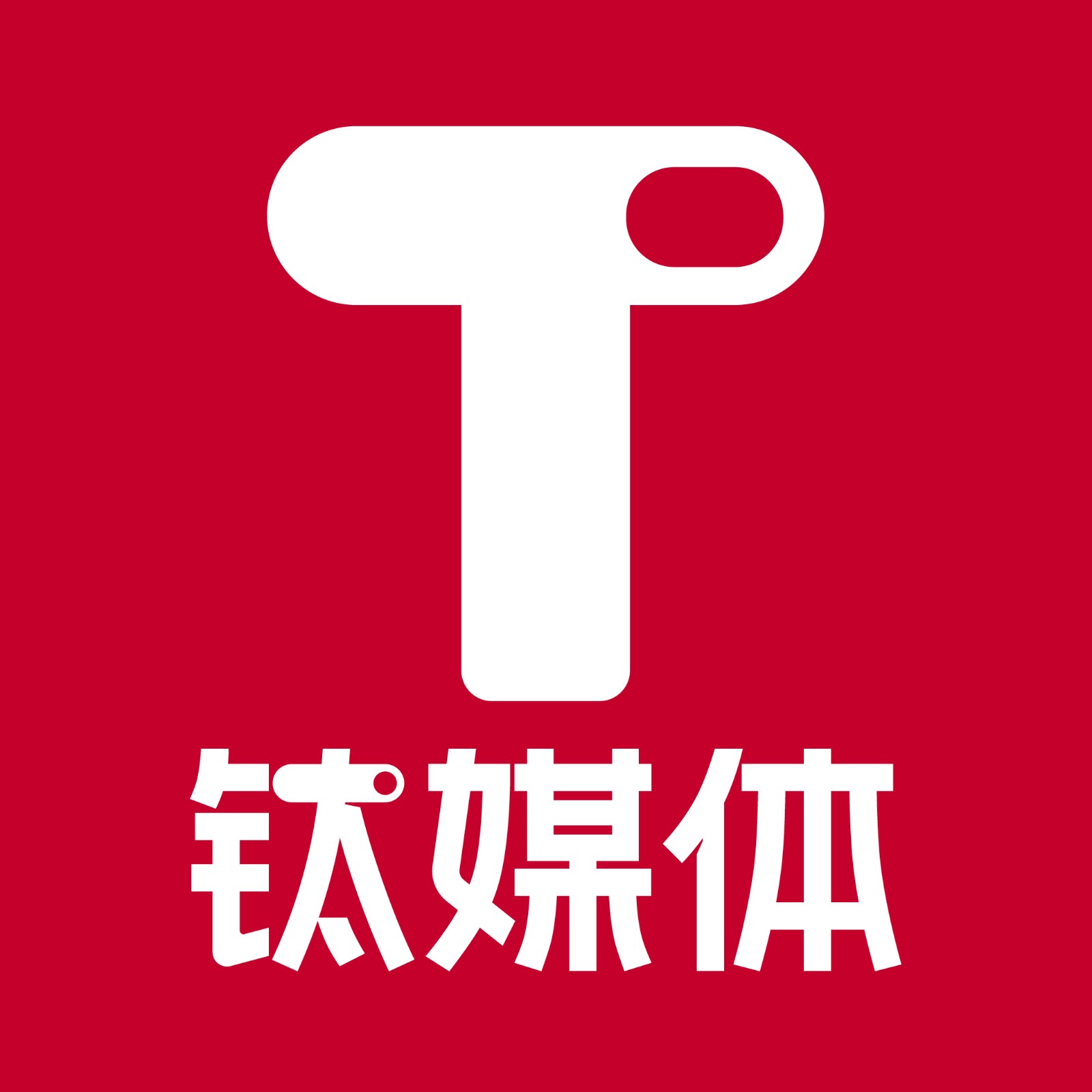
钛媒体 App
13965篇文章TA的动态
2022-09-14 钛媒体 App发布了 《星巴克加码中国市场,未来三年要新增开3000家门店|钛快讯》的文章
2022-08-11 钛媒体 App发布了 《白云山麾下公司虚抬药价“把戏”,被拆穿了》的文章
2022-07-06 钛媒体 App发布了 《为了帮00后卷王找到工作,简历修改师们拼了》的文章
2022-07-06 钛媒体 App发布了 《威尼斯向游客收“进城费”,国内城市如何借鉴?》的文章
2022-03-25 钛媒体 App发布了 《蔚来2021年财报发布:年营收361亿元,整车毛利率达到20.1%》的文章

